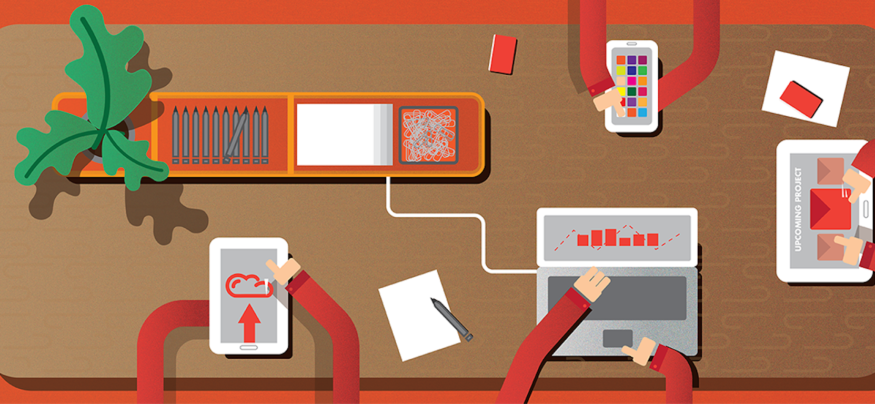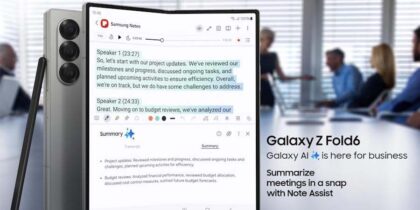Smartphones transformed the workplace and increased productivity in ways we haven’t seen since introduction of the PC. A recent Frost & Sullivan study revealed that respondents gained 58 minutes of work and personal time on average each day thanks to using a smartphone, while employee productivity increased by 34 percent. Mobile technology overall has been a boon to employee productivity and workplace engagement, but IT leaders must invest in the right tools to balance security, cost and efficiency.
Digital Technology for an Evolving Workplace
Here is the technology that enterprises should invest in to grow their businesses, make work for employees more efficient and boost productivity.
- Cloud – While cloud computing has been around for many years now, the cost of operating a business from the cloud has dropped dramatically. Storing data remotely opens up the possibility of more collaborative work environments, and also allows employees to perform tasks without being tied to their desks.
- Apps – The right hardware is only beneficial when it can be used in conjunction with the right software, and increasingly for businesses that means utilizing enterprise-focused apps. These tools, which employees frequently use in their personal lives, can help boost productivity by creating an intuitive and recognizable workflow, making it easier for employees to do their jobs.
- Analytics – Executives can use analytics to monitor business performance, customer preferences and market trends. Real-time feedback can help inform decisions which are otherwise made without all the relevant information.
- Machine Learning – In their personal lives, consumers have become used to services such as Netflix and Amazon that give them personalized suggestions for what to watch or buy next. These automated services, powered by machine learning, can give employees instant suggestions for which projects to prioritize, filtering out irrelevant information or making suggestions for improvement.
Mobile security is crucial for enterprises.
Download the white paper to learn why Samsung devices are among the most secure available. Download Now
Challenges and Risks
As with the adoption of all new technologies, there are both technical and human challenges to overcome before you can fully reap their benefits.
- Privacy – If a company decides to use technology to closely monitor its employees’ activities, it runs the risk of seeming like Big Brother. To prioritize employee privacy without compromising data safety, companies must make sure that employees know just what this technology will be tracking, how the information collected will be used and who will have access to it. By informing and educating your workforce, you can offset much of their concern.
- Security – Cybercrime is among the biggest risks to companies today, and introducing a range of new technologies to your enterprise increases threats. By storing data centrally in the cloud, it becomes a more attractive target for hackers. Additionally, collecting more employee or customer data adds to your cybersecurity risk. However, these risks can be addressed with a robust and comprehensive mobile security assessment that provides strategies to help enterprises address gaps in security.
- The Human Touch – Technology can automate many of the tasks that were previously carried out by managers, and can be also be used to allow employees to work remotely. Automation and remote working, while convenient, can dramatically reduce direct interaction between employees, which can impact workplace engagement, lower morale and, in some cases, adversely affect employee productivity. The key is to find a balance between digital tools and the human touch by ensuring that technology doesn’t replace all aspects of employee interaction.
Executives charged with deciding which technology to invest in need to weigh all benefits and risks before picking the solution that’s right for their company. Decision-makers need to first assess which problems they want to solve, find the technology that best fixes those issues and implement it with their employees in mind.
While mobile technology can increase employee productivity, it can also impact work-life balance. Follow these three tips to optimize mobile productivity.









